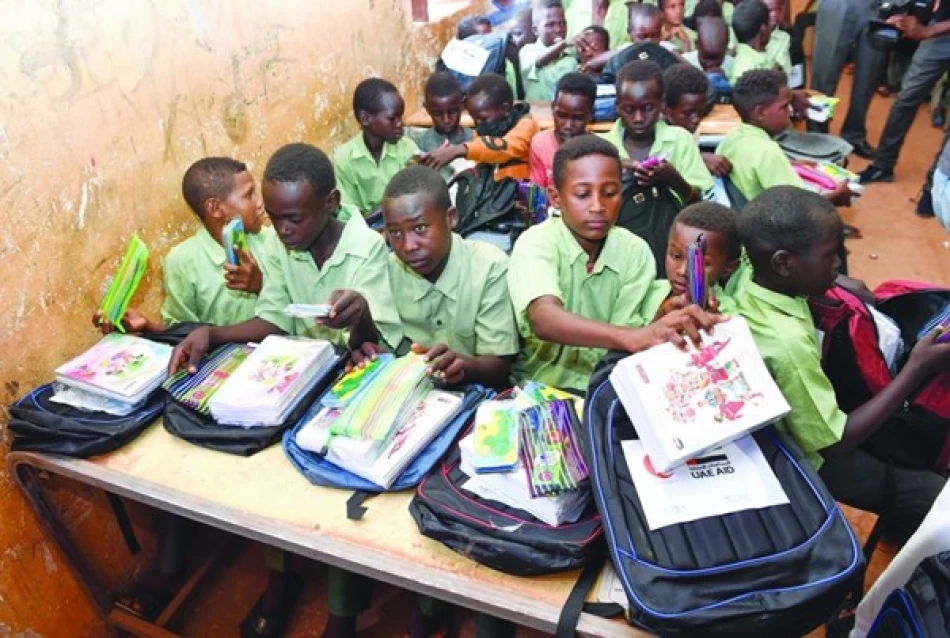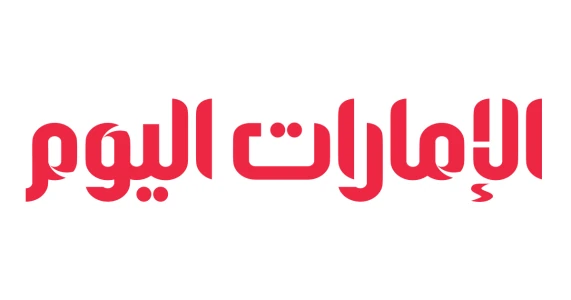
Sudan Crisis: 'IGAD' Declares Military Solution Ineffective
Sudan's Humanitarian Crisis Spirals as Regional Powers Push for Political Solution Over Military Victory
Sudan's devastating 20-month conflict has created one of the world's worst humanitarian disasters, with 80% of children out of school and over 5 million displaced, as regional and international mediators intensify efforts to broker a political settlement they insist cannot be achieved through military means.
Regional Consensus Emerges Against Military Solution
Lawrence Korbandy, the Intergovernmental Authority on Development (IGAD) special envoy for Sudan, delivered a stark assessment of the crisis, emphasizing that "the Sudanese crisis cannot be resolved by weapons, but through a solution owned by Sudanese and supported by regional and international sponsorship."
This position aligns with growing international consensus that Sudan's conflict—which began in April 2023 between the Sudanese Armed Forces and the paramilitary Rapid Support Forces—has reached a stalemate that only diplomatic intervention can break. Korbandy's comments reflect a broader African Union strategy that prioritizes "African solutions to African problems" while acknowledging the need for international support.
Quartet Nations Propose Structured Transition
The so-called Quartet—comprising the UAE, Saudi Arabia, Egypt, and the United States—last Friday proposed a three-month humanitarian truce followed by a permanent ceasefire and a nine-month transitional process leading to civilian-led governance. This timeline represents the most concrete roadmap yet proposed by major regional and global powers.
The proposal's structure mirrors successful transitions in other conflict zones, particularly the phased approach used in South Sudan's 2005 Comprehensive Peace Agreement, though Sudan's current fragmentation presents far greater challenges than previous regional settlements.
Children Bear the Heaviest Burden
UNICEF's Middle East and North Africa spokesperson Salim Oweis painted a devastating picture of childhood in Sudan, describing the country as "a living nightmare" for its youngest citizens. The statistics reveal the conflict's generational impact: 80% of children are out of school, while over 5 million have been forced to flee their homes.
Malnutrition Crisis Reaches Emergency Levels
The humanitarian data suggests Sudan is experiencing a collapse comparable to Somalia's 2011 famine or Yemen's ongoing crisis. More than half the population faces hunger, with 1.3 million children under five living in famine-affected areas. Of these, 683,000 suffer from acute malnutrition, while projections indicate 3.2 million children under five will experience acute malnutrition this year.
Perhaps most alarming is the healthcare system's near-total breakdown. Over 70% of hospitals in conflict-affected areas have ceased operations, while vaccination coverage has plummeted from 94% in 2022 to just 48% in 2024—the lowest level since 1987. This collapse has triggered outbreaks of polio, measles, and cholera, diseases largely controlled in Sudan for decades.
Aid Delivery Faces Systematic Obstruction
The humanitarian response faces structural challenges that distinguish Sudan's crisis from other contemporary conflicts. Administrative restrictions, security threats, and infrastructure destruction have delayed or diverted approximately 60% of aid deliveries in the past year, according to UNICEF data.
This obstruction rate significantly exceeds similar conflicts in Syria or Yemen, suggesting both warring parties are weaponizing humanitarian access—a tactic that typically indicates prolonged conflict rather than approaching resolution.
Regional Stakes Drive International Involvement
Korbandy's emphasis that Sudan represents "the primary issue in Africa" reflects genuine regional security concerns. Sudan's strategic position linking the Horn of Africa, the Sahel, and the Nile Valley means its collapse would destabilize multiple regions simultaneously.
The Quartet's composition—combining Gulf financial power, Egyptian Nile interests, and American diplomatic leverage—represents the most serious international engagement since the conflict began. However, the absence of key players like Russia, which has interests in Sudan's gold and port access, and Chad, which hosts hundreds of thousands of Sudanese refugees, limits the proposal's immediate prospects.
Economic Implications Extend Beyond Borders
Sudan's pre-war economy, while modest, played crucial roles in regional grain production and gold mining. Its continued collapse affects food security across the Horn of Africa while disrupting Red Sea shipping routes already strained by regional tensions. For international markets, Sudan's absence removes a potential future oil producer and agricultural exporter from global calculations.
The humanitarian crisis also imposes direct costs on neighboring countries, with Chad, Egypt, and South Sudan absorbing refugee populations that strain their own limited resources. This spillover effect explains why regional powers are increasingly viewing Sudan's stability as essential to their own economic planning.
Political Settlement Faces Structural Obstacles
Despite diplomatic optimism, Sudan's conflict presents unique challenges that distinguish it from successful peace processes elsewhere. Unlike South Sudan's independence referendum or even Syria's frozen conflict, Sudan lacks clear territorial divisions or external patrons capable of enforcing agreements on their proxies.
The nine-month transition timeline proposed by the Quartet appears optimistic given that both warring parties continue to believe military victory remains possible. Historical precedent suggests successful transitions require either clear military stalemate recognition or external pressure sufficient to change battlefield calculations—neither of which currently exists in Sudan.
 Layla Al Mansoori
Layla Al Mansoori







